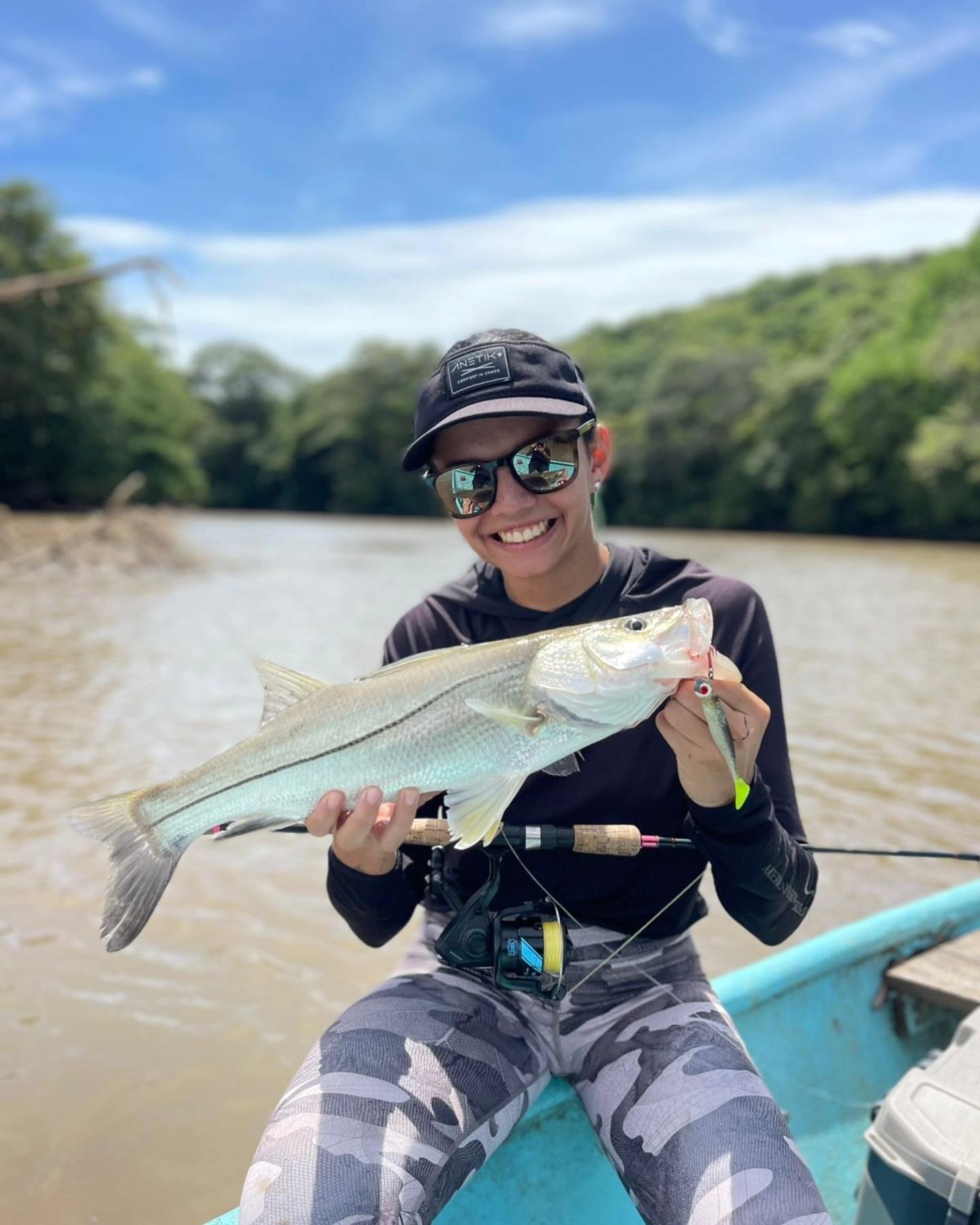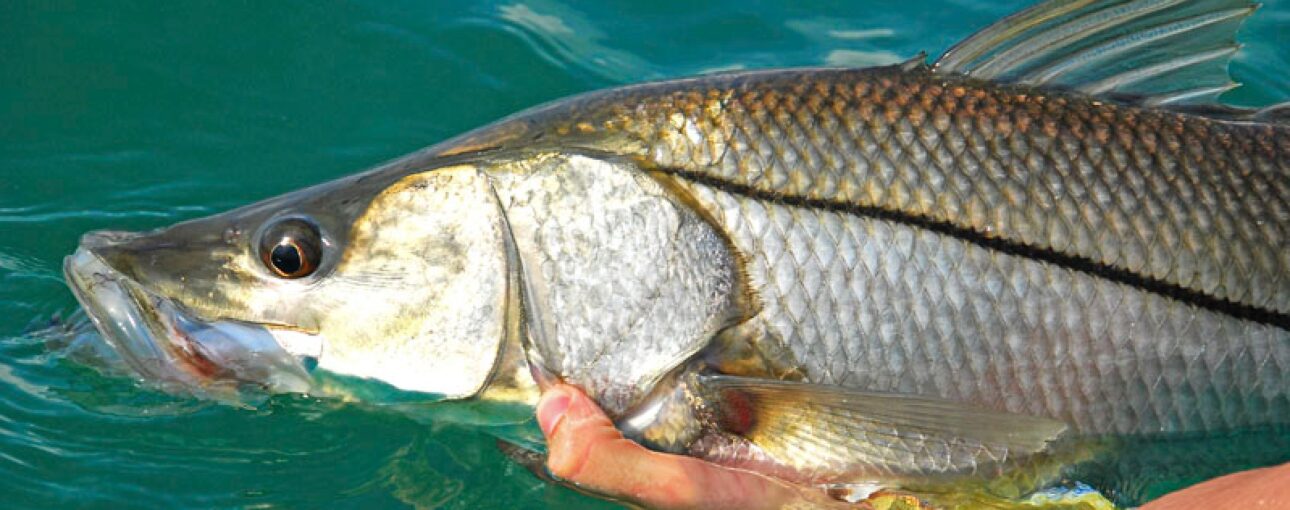Here are some quick tips when releasing large and small saltwater fish
The most important steps an angler can take to ensure a successful release are to hook and land the fish as quickly as possible, leave the fish in the water while removing the hook, and release the fish quickly. There are several other ways to improve survival rates:
- Whatever you do, do it quickly. Keeping an exhausted fish out of water is like holding a bag over a runner who has just completed a marathon. They both need oxygen to recuperate.
- Wet your hands or gloves before handling the fish. Do not injure the eyes or gills. Placing the fish on a wet towel will help the fish retain its protective slime. To keep the fish still, place it on its back or cover its eyes with a wet towel. Control the fish at all times! If you drop the fish, its chances of injury and death increase.
- Decide beforehand which fish are to be kept; immediately release all others. Do not engage in a prolonged debate over whether or not to release the fish after the fish has been landed. Never place a fish in your live well intending to release it later if you catch a larger one. Once you make a decision to keep a fish, stick with it. The fishes you release from your live well have a decreased chance of survival.

Pictured above local angler Leonie Barry releases a snook (whether you are wearing gloves or not, always wet your hands before handling and releasing fish)
- Avoid the use of gaffs, and never remove large fish such as tarpon or billfish (it’s also the LAW in Costa Rica) from the water. Large fish can injure themselves and the crew and should, therefore, be treated with respect. Take a photograph of the fish in the water and release it.
- Refrain from holding fish in a vertical position when inspecting or photographing them. Internal organs are displaced and stress is increased in this unnatural position. Large fish should never be held by the bottom jaw only, with a boca grip or otherwise (any tool designed to grip the lower jaw of caught fish to facilitate handling). Hold the fish horizontally by the lower jaw with one hand, and support the belly with the other hand. If unsupported, many large fish, especially snook, will rupture the isthmus-a cartilaginous bundle of ligaments that connects the head and body–and the fish will die a slow death from starvation. This connection is necessary for the tremendous gulping action during feeding.
- If the hook is difficult to remove by hand, use long-nosed pliers or a hook-removal tool. Do not tear additional tissue by removing the hook. Back the hook through the original wound. If this fails, cut the leader and pull the hook forward through the injury. Regardless whether or not you intend to keep the fish cut the leader close to the hook when releasing large Goliath Grouper (jewfish), tarpon, sharks, and other fishes that are gut hooked. Do not lift a gut-hooked fish out of the water by the leader; this can increase damage to the fish.
- Try fishing with barbless hooks, or crimp and remove the barb. Catch rates using barbed or barbless hooks are not significantly different. Barbless hooks are easier to remove, and they cause less physical damage to the fish.
- Use circle hooks. They cause less injury and increase catch rates.
- If your fish is in good shape, immediately return it to the water headfirst. If it does not swim or is lethargic or erratic, some “resuscitation” may be needed until the fish can swim on its own. Revive exhausted, but otherwise healthy fish by first placing one hand under the tail and holding the bottom lip with the other. If the fish is in fair to good shape, merely hold it headfirst into the current. If it is severely lethargic, depress the bottom lip to cause the jaw to gape and gently move the fish forward. Moving the fish in an erratic back and forth motion will just induce more stress. Have you ever seen a fish swim backward and forward? At the first sign of the fish attempting to swim away-let it go. Prolonged attempts at resuscitation will be stressful to the fish.
Large Pelagics Such as Billfish, Tarpon, and Sharks
- Large pelagic species such as billfish, sharks and tarpon should be brought alongside the boat within 20 minutes of being hooked. If you are consistently landing exhausted fish that require extensive efforts at resuscitation, you should consider using heavier tackle.
Practice and share these techniques! Teach your children and inexperienced anglers these few simple procedures to help ensure abundant fish populations for the future.





















